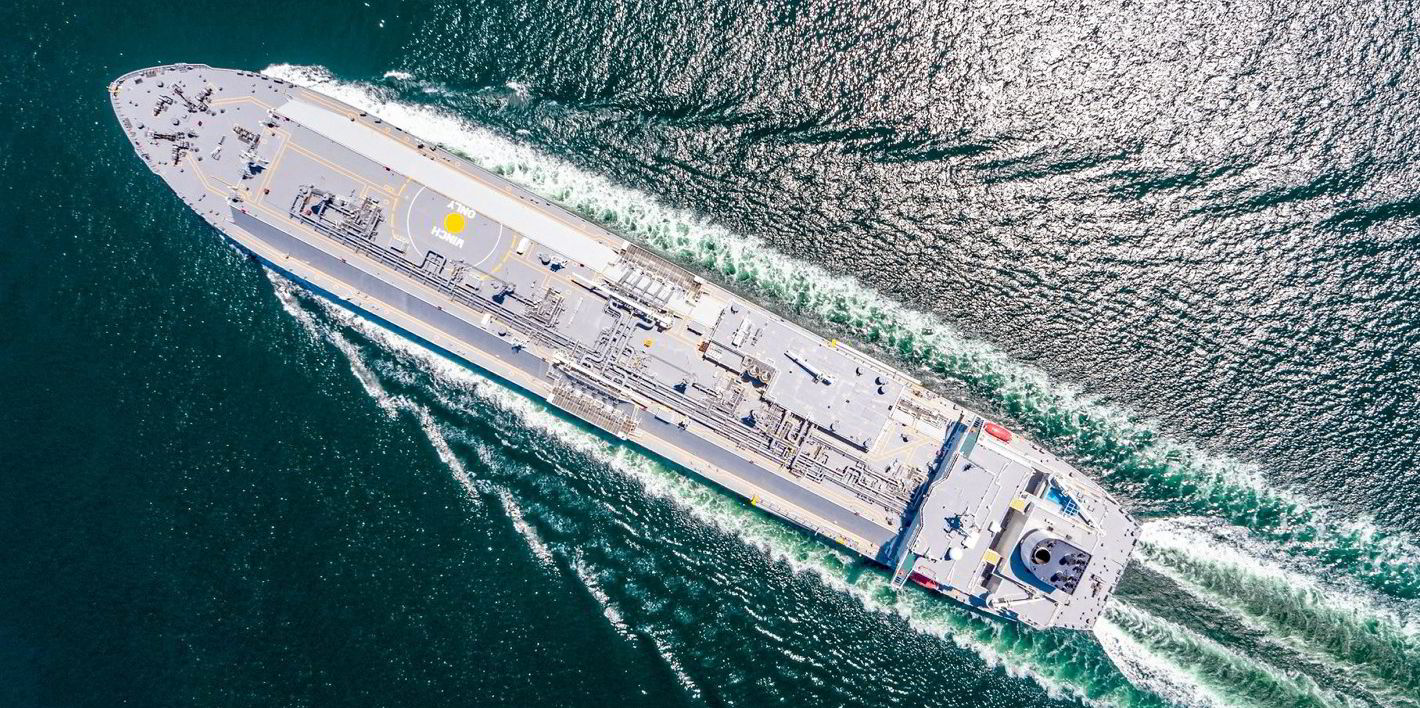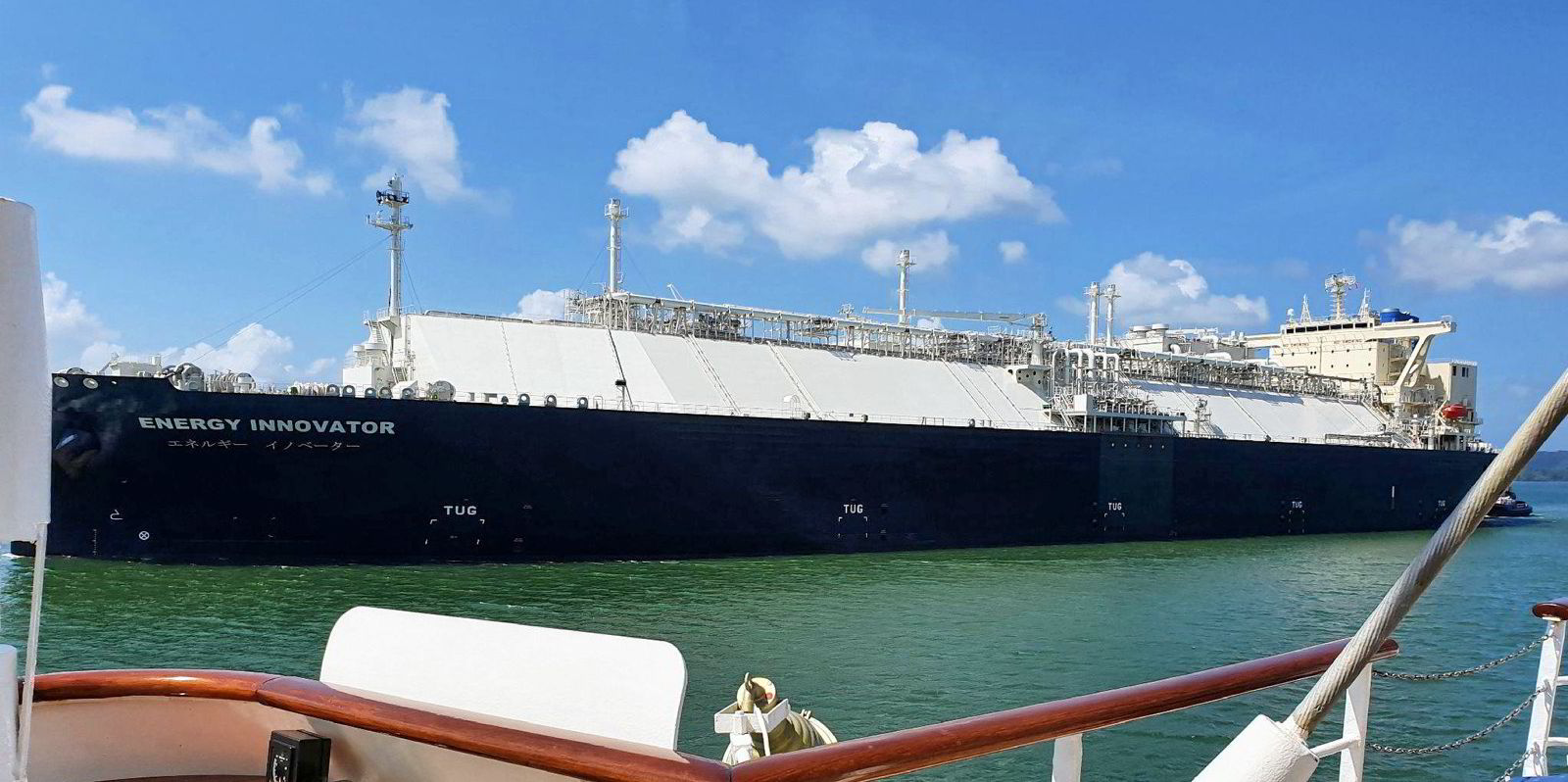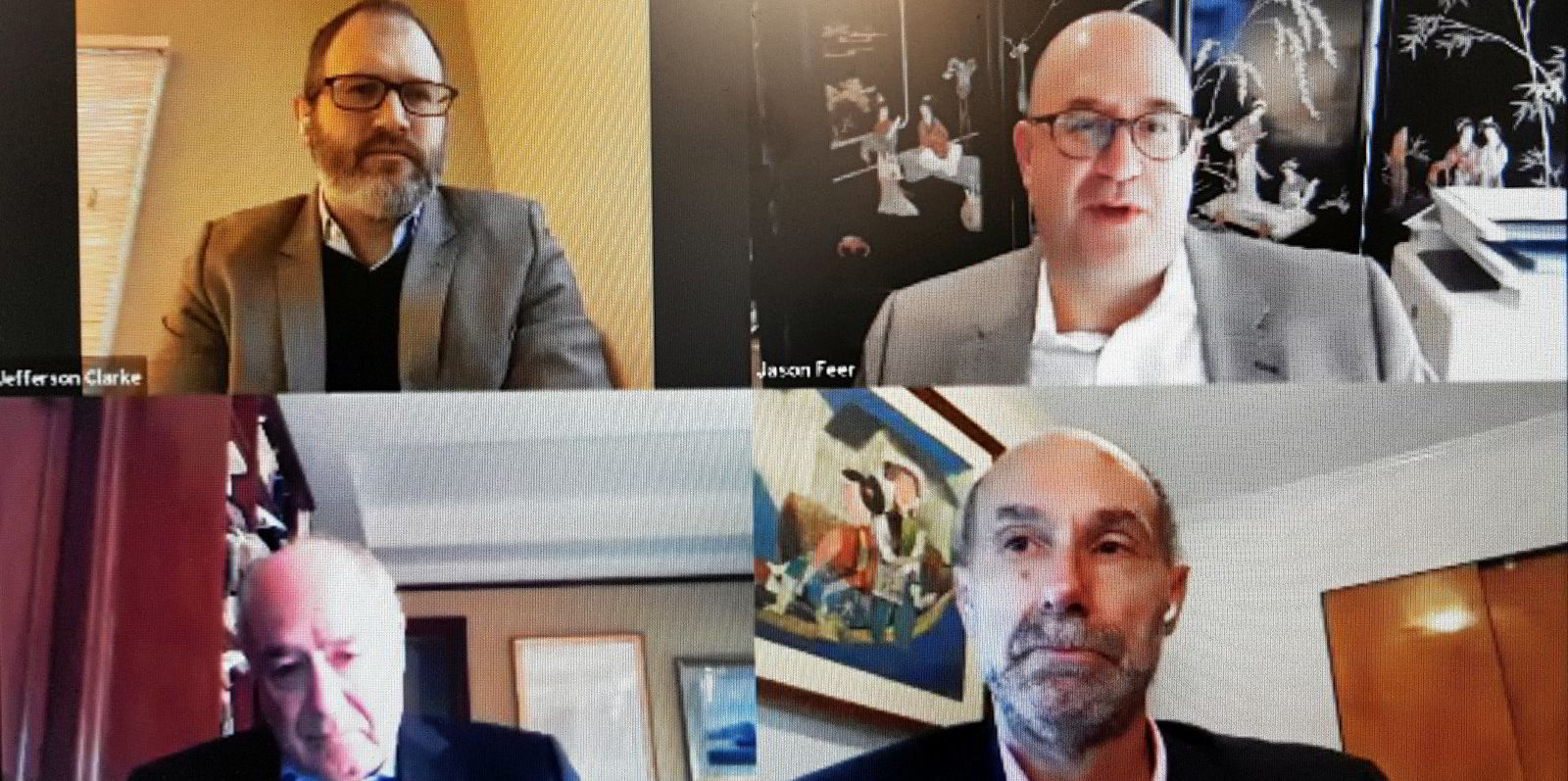Japanese and French banks dominated LNG project finance last year, according to US shipbroker and consultant Poten & Partners.
Mizuho, Sumitomo Mitsui Banking Corp (SMBC) and Bank of Tokyo Mitsubishi (MUFG) occupied the top three places in Poten’s latest rankings.
Mizuho moved up to the top spot from second last year lending a total of $1.82bn, SMBC which was in first place last year lent $1.81bn.
Poten said MUFG had “come up through the ranks” after slipping to 22nd in the LNG financing league table last year, from its second place in 2019.
Three French banks – Societe Generale, Credit Agricole and BNP Paribas – occupied fourth, fifth and sixth place.
Rounding out the top 10 were Industrial and Commercial Bank of China, Italy’s Cassa Depositi e Prestiti (CDP) and Dutch bank ING tied for 8th place, with Spain’s Santander in tenth.
Poten said most of the top places in the ranking were taken by banks that supplied large quantities of funding for the Mozambique LNG project and refinancing deals for Australia’s Ichthys LNG and for Cheniere Energy and Freeport LNG Train 3 in the US, which attracted a combined $6.1bn in funds.
Mozambique LNG
“All the top places, with the exception of CDP, are taken up by lenders which typically have a big presence in LNG project finance,” said Poten.
CDP’s high position in the rankings is understood to have been due to a big contribution to Mozambique LNG for the tranche covered by Italian export credit (ECA) agency Sace.
“Some of the top ten banks supplied ‘tickets’ of over $500m to the two biggest deals which were concluded for Mozambique which attracted at total of $15.4bn of debt from banks and ECAs and for Ichthys LNG which attracted $8.2bn for its refinancing of both ECA-covered and uncovered debt,” said Poten.
Other deals influencing the 2021 rankings were said to include Nigeria LNG’s Train 7 – which is a corporate-project finance hybrid, Indian regasification projects and LNG ships structured as limited recourse project finance.
“Import projects and LNG ships tend to have a smaller impact on the rankings because capital expenditure is lower than for liquefaction projects,” said Poten.
“Also, import and LNG-to-power projects are typically supported by development banks and ECAs. They usually attract only small amounts of commercial bank funding, if they can get it at all.”
Last year a total of 74 lenders from 20 countries provided the LNG project finance funds of almost $24bn, which was double the previous years’ totals.






